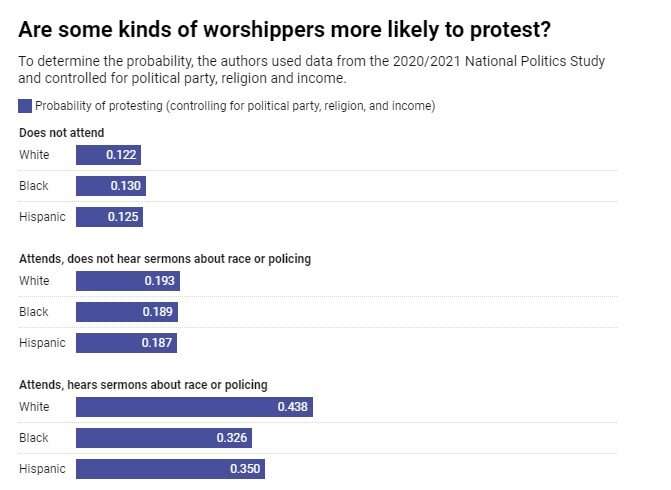Why ten-year-old children should not be held criminally responsible

In a recent 12-month period, police in England and Wales made just under 60,000 arrests of children. Of these cases, which involved crimes including theft and antisocial behavior, nearly 27,000 ended up in court.
Some of these defendants were just 10 years old—the minimum age at which a child can be prosecuted and punished by law for an offense in these countries. In Ireland and Scotland it is 12, while in Sweden and Denmark it is 15.
The age age of criminal responsibility is hardly ever discussed by the mainstream media or politicians in the UK. When it is, the debate often goes hand in hand with reference to homicides by children. But the rarity of these shocking and sad events is seldom mentioned.
One such case, the killing by two 10-year-olds of the toddler James Bulger in 1993, is often cited by those in favor of a low age of criminal responsibility. The argument goes that if a child is old enough to act like an adult and commit a serious crime, then they are old enough to be treated like an adult and a criminal.
But this means society is willing to treat criminal children differently to other children. Whereas adults perceive childhood as a period of innocence, argues law professor Julia Fionda, as soon as individual children fail to live up to adult perceptions of what children should be like, they lose their "angelic" status and are seen instead as "devils."
The death of James Bulger also led to the abolition of something referred to in legal terms as "doli incapax" (incapable of evil). Doli incapax meant that children aged 10 to 14 were presumed to be incapable of crime unless the prosecution could prove (beyond reasonable doubt) that the child knew that what they were doing was seriously wrong, rather than naughty or mischievous.
In other words, it used to be assumed that children under 14 were not criminally responsible unless they understood the seriousness of their wrongdoing. Doli incapax protected some children involved in minor offending, where the difference between seriously wrong compared to naughty or mischievous may be less clear in some children's minds.
But that doctrine was abolished in England and Wales in 1998, leaving an age of criminal responsibility of ten, the lowest in Europe. This is too young.
To find out what others think, I recently launched an online survey of public opinion on the age of criminal responsibility in England and Wales. So far, from more than 200 responses, a clear majority (88%) think the age limit should be raised—with the most frequently cited age being 16. The reason given by participants is usually a belief that this is an age by which most children can distinguish right from wrong and have an understanding of the law.
The evidence
Another reason to raise the age of criminal responsibility is the rarity of the most serious crimes being committed by children. The evidence shows that in the year ending March 2020, three of the 187 people (1.6%) convicted of murder in England and Wales were under 16.
Of around 49,100 proven offenses committed by children in that year, the main offense type (31%) was violence against a person.
For legal purposes, the seriousness of a violent offense is measured on a scale ranging from one (least serious) up to eight (most serious). Overall, just under 140 proven offenses committed by children had the highest gravity score of eight, which accounts for only 0.3%.
Overall then, recorded serious violence by children is infrequent and the vast majority of offenses committed by children are considered to be less serious.
As I have argued elsewhere, there is also a lack of consistency across the broader criminal and civil law in England and Wales. The effective age of most civil responsibilities (playing the lottery, claiming benefits, voting, buying a pet, sitting on a jury) is 16 or above.
There is also neuroscientific research which shows that adolescents' brains predispose them to risk taking behavior and responding emotionally, without the same abilities as adults to control their impulses and consider the long-term implications.
This reflects what has been widely observed—that there is an increase in criminal behavior in children that peaks in late adolescence, which then declines throughout adult life, when, some argue, they "grow out" of crime. Meanwhile, research shows that contact with the criminal justice system can extend the criminal careers of children, rather than curtail them.
There is an acknowledgement of this in the "child first" approach to justice, which emphasizes diversion and minimum intervention, and has been adopted as a strategic priority for England and Wales.
There is also some will to at least look again at the age of criminal responsibility, with a UK government review into the subject recommended last year. In view of the evidence, and to embrace the idea of minimum intervention more fully, it is clear that the age should be raised.Children likely to be pleading guilty when innocent, study argues
Provided by The Conversation
This article is republished from The Conversation under a Creative Commons license. Read the original article.![]()







